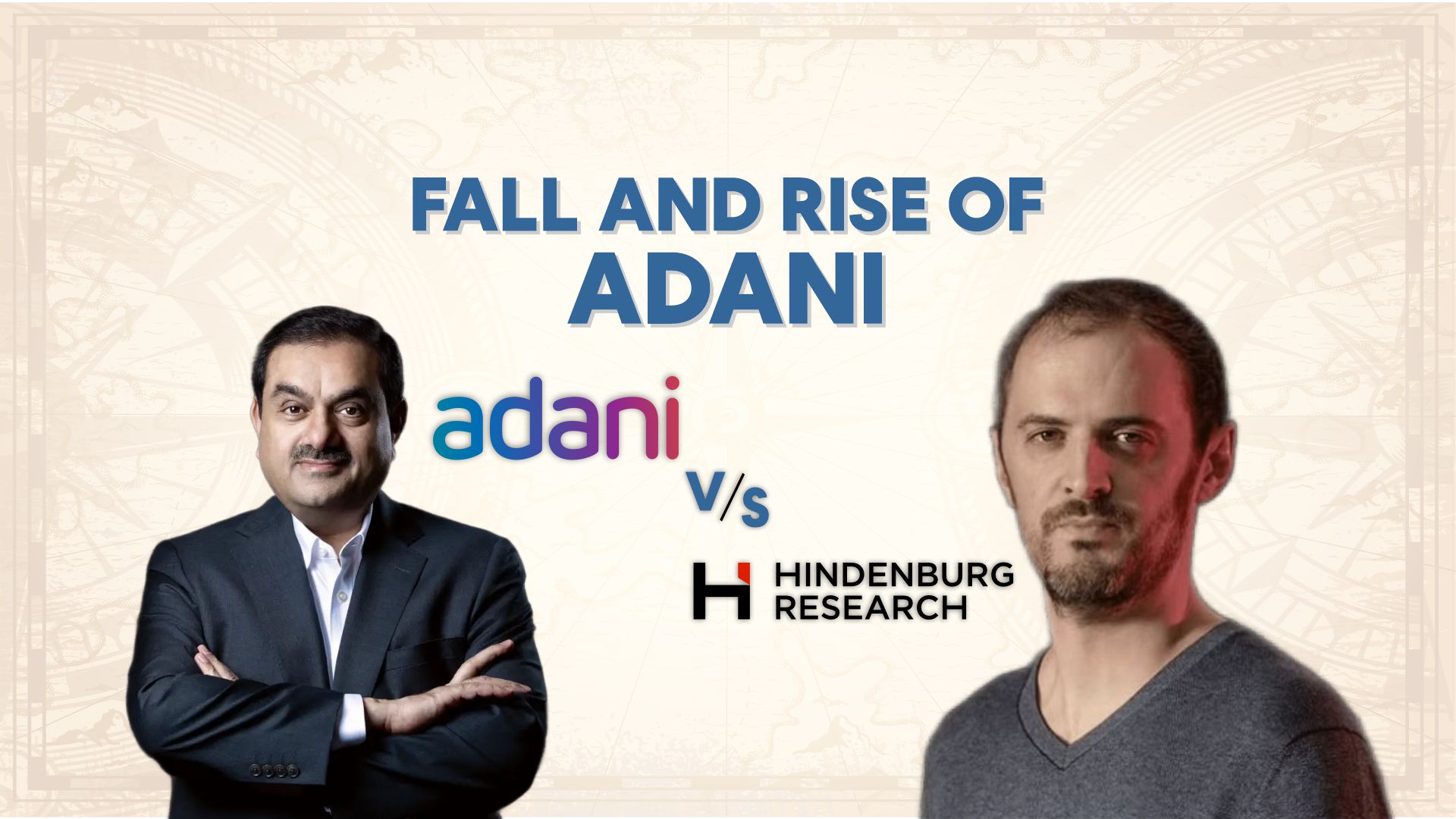In the dynamic landscape of India’s business realm, one name has stood out prominently for the past eight years – the Adani Group. With a seemingly miraculous surge in market values, the group became a beacon of success, symbolizing India’s growth story. However, recent revelations have thrown the conglomerate into a whirlwind of controversy, only to see it rise again. Let’s dive into the intriguing saga of the fall and rise of Adani.
1. The Miraculous Ascent:
For nearly a decade, the Adani Group dominated headlines, boasting remarkable growth in market values. The bull market in Adani shares became synonymous with India’s economic prosperity. However, beneath the surface, cracks were beginning to show.
2. Unveiling Financial Intricacies:
On January 25, Hindenburg, a New York-based forensic research firm, released findings from its extensive investigation into the Adani Group’s finances. The report revealed questionable market practices by close relatives of Gautam Adani, with instances of sanctions, arrests, and evasion of legal proceedings.
3. The Staid Old-Economy Sectors:
Despite the high market valuation, concerns arose about the Adani Group’s focus on traditional sectors like energy and infrastructure, which are not known for yielding extravagant returns in the stock market.
4. Valuations Defying Logic:
While sky-high valuations in the stock market are typically associated with tech companies at the cutting edge, Adani’s valuations seemed detached from reality. The price-earnings (PE) ratio reflected a puzzling trend, with an astronomical 214 in the years after 2020.
5. Who Benefits from High Valuations?
Digging deeper, it was revealed that Adani shares were extremely narrowly held, primarily by trusts, companies directly controlled by the family, and long-term institutional investors. The family’s control over shares suggested a limited incentive for internal transactions, pointing toward potential gains through loans secured against shares.
6. Legal Scrutiny and Market Response:
The Adani Group faced a significant setback after Hindenburg’s report, witnessing a sharp decline in stock prices. However, a glimmer of hope emerged when the Indian Supreme Court observed that there was no reason to discredit the market regulator’s probe against the group.
7. Supreme Court’s Verdict:
The Supreme Court, after careful consideration, reserved its order on a batch of petitions related to the Adani-Hindenburg row. The court emphasized that it cannot treat media reports as gospel truth and expressed confidence in the market regulator’s actions.
8. The Resilience of Adani:
In the face of allegations and market turmoil, the Adani Group stood firm, dismissing all charges as lies. The group asserted its commitment to compliance with all laws and disclosure requirements, signaling a resilient stance in the volatile business environment.
Conclusion
The fall and rise of Adani reflect the intricate dynamics of India’s business landscape. As legal battles unfold and market sentiments sway, the Adani Group’s journey continues to be a captivating narrative of resilience, scrutiny, and the ever-changing tides of the stock market. Only time will reveal the true trajectory of this storied conglomerate.
